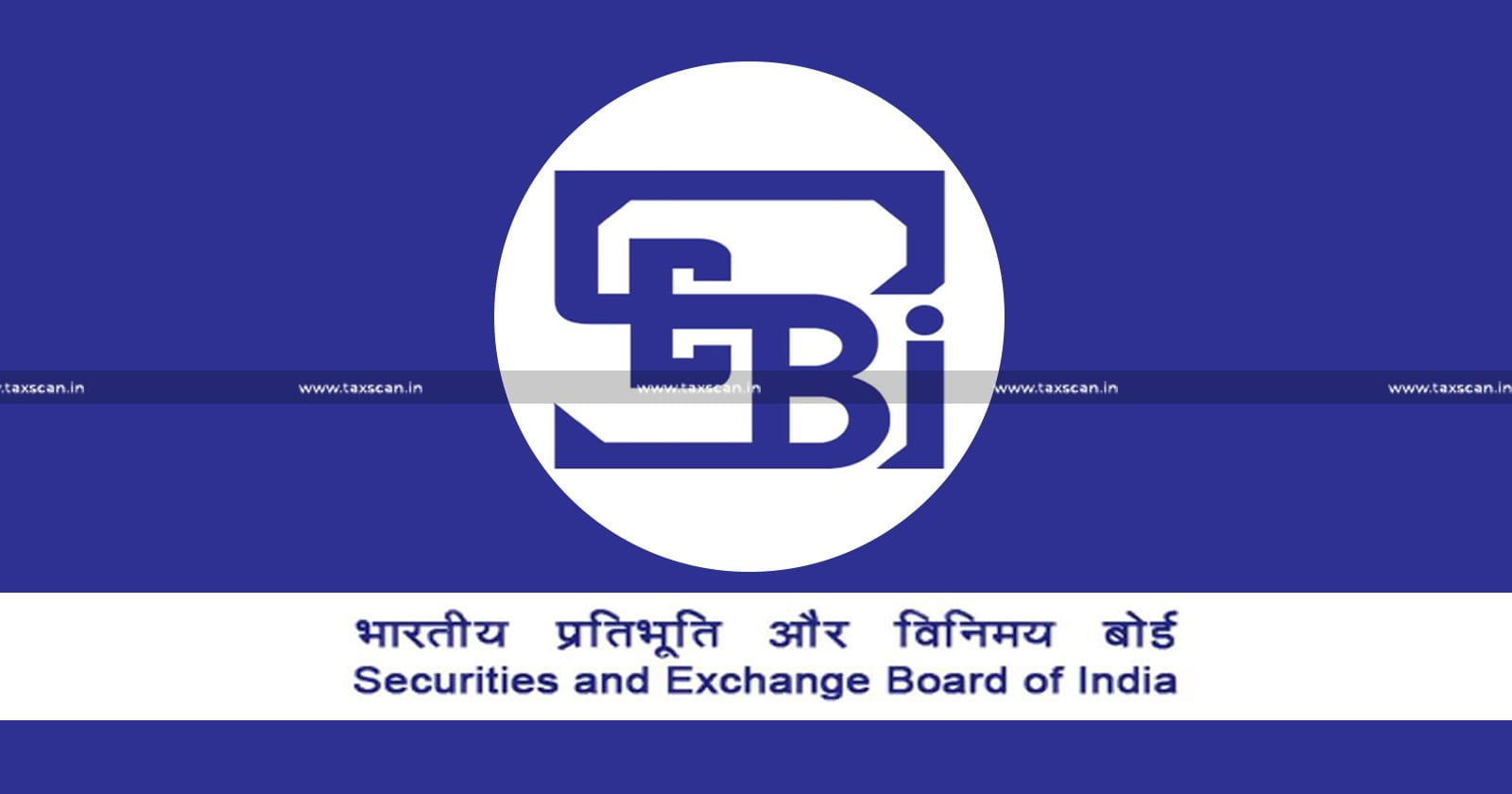SEBI Circular Aims to Level Playing Field in Market Transactions
In a significant move aimed at fostering fairness and transparency in market transactions, the Securities and Exchange Board of India (SEBI) has issued a circular directing market intermediaries, including brokers, custodians, and depositories, to implement a level playing field. This circular, released yesterday, marks a pivotal development in the financial landscape.
The essence of the circular lies in restructuring transaction fees charged by exchanges on a slab-wise basis. Under this system, transaction costs decrease as trading volumes increase, akin to income tax slabs where higher earnings attract lower tax rates. Previously, this structure favored larger brokers, creating an uneven playing field that disadvantaged smaller players.
Explaining further, brokers typically charge clients daily transaction costs based on the highest applicable slab rate, accruing substantial revenue until monthly payments to exchanges are settled. This practice, though standard, allowed larger brokers to accumulate significant earnings and benefit from volume-related fee reductions, perpetuating their dominance.
SEBI’s proactive stance addresses these inequities by mandating a uniform fee structure, where brokers can charge an average realized fee across all transactions, leveling the playing field and curbing disproportionate advantages enjoyed by larger firms. This move is expected to benefit retail investors by reducing additional costs typically passed on by brokers, thereby potentially increasing client returns.
The impact of this circular is particularly significant for high-frequency traders and algorithmic trading firms, who may see reduced transaction costs and improved profitability. Conversely, proprietary trading firms, accustomed to leveraging volume-based fee structures, may face challenges adjusting to the new regime.
Critically, SEBI’s intervention underscores a broader effort to rationalize the derivatives market, addressing concerns around excessive speculation and ensuring market stability. Market participants are advised to focus on enhancing their market knowledge and adaptability to navigate these changes effectively.
While the derivatives market may undergo adjustments, SEBI’s measures aim to enhance transparency and fairness, benefiting overall market integrity. Retail investors are encouraged to stay informed and consider potential shifts in trading strategies, while acknowledging the evolving regulatory landscape.
In conclusion, SEBI’s circular marks a significant step towards reforming market dynamics, ensuring equitable opportunities for all participants while reinforcing the importance of informed decision-making in financial markets.
SEBI’s Circular Promotes Fairness in Market Transactions
Key Developments
- SEBI issues circular to ensure fairness and transparency in market transactions.
- Circular targets restructuring of transaction fees based on trading volumes.
- Aim is to curb advantages favoring larger brokers over smaller players.
Impact on Market Dynamics
- Transaction costs to decrease as trading volumes increase, akin to income tax slabs.
- Previous fee structure favored larger brokers, perpetuating market inequities.
- New uniform fee structure aims to level playing field for all market participants.
Implications for Investors
- Retail investors expected to benefit from reduced transaction costs.
- High-frequency and algorithmic trading firms likely to see improved profitability.
- Proprietary trading firms may face challenges adapting to new fee regime.
Regulatory Insight
- SEBI’s intervention seeks to rationalize derivatives market and ensure stability.
- Market participants advised to enhance market knowledge to navigate changes effectively.
- Emphasis on transparency and fairness to enhance overall market integrity.
Conclusion
- SEBI’s circular represents a significant reform towards equitable market opportunities.
- Focus on informed decision-making crucial amidst evolving regulatory landscape.
Summary: SEBI’s latest circular marks a pivotal development in Indian financial markets, aiming to create a more transparent and fair trading environment. By restructuring transaction fees to reduce costs for retail investors and address disparities favoring larger brokers, SEBI aims to enhance market integrity and stability. Market participants are urged to stay informed and adapt to these regulatory changes to optimize their investment strategies effectively.
SEBI Issues Amendments to Enhance Accessibility and Liquidity in Debt Securities Market .
SEBI Amends Rules to Boost Accessibility of Debt Securities
Overview
- SEBI introduces amendments to Chapter V of the Master Circular on non-convertible securities.
- Amendments aim to lower the minimum face value for private placement of debt securities.
Key Changes
- Minimum denomination for issuance of debt securities lowered to Rs. 10,000, facilitating broader investor participation.
- Amendments include provisions for credit enhancements such as guaranteed bonds and standby letters of credit.
Regulatory Impact
- SEBI’s amendments aim to enhance liquidity and inclusivity in the corporate bond market.
- Credit Rating Agencies (CRAs) mandated to verify and ensure the enforceability of credit enhancements.
Market Dynamics
- Trading lots for listed debt securities now aligned with their face value, promoting efficient trading on stock exchanges.
- Amendments designed to streamline issuance processes and ensure investor protection.
Conclusion
- SEBI’s amendments mark a significant step towards fostering a more accessible and liquid debt securities market.
- Regulatory changes expected to encourage non-institutional investors to participate more actively in corporate bond investments.
Summary: SEBI’s recent amendments to Chapter V of the Master Circular signify a strategic move to enhance accessibility and liquidity in India’s debt securities market. By lowering the minimum denomination for private placement of debt securities and introducing provisions for credit enhancements, SEBI aims to broaden investor participation and ensure market efficiency. These regulatory changes are poised to bolster investor confidence and support the development of a robust securities market in India.
